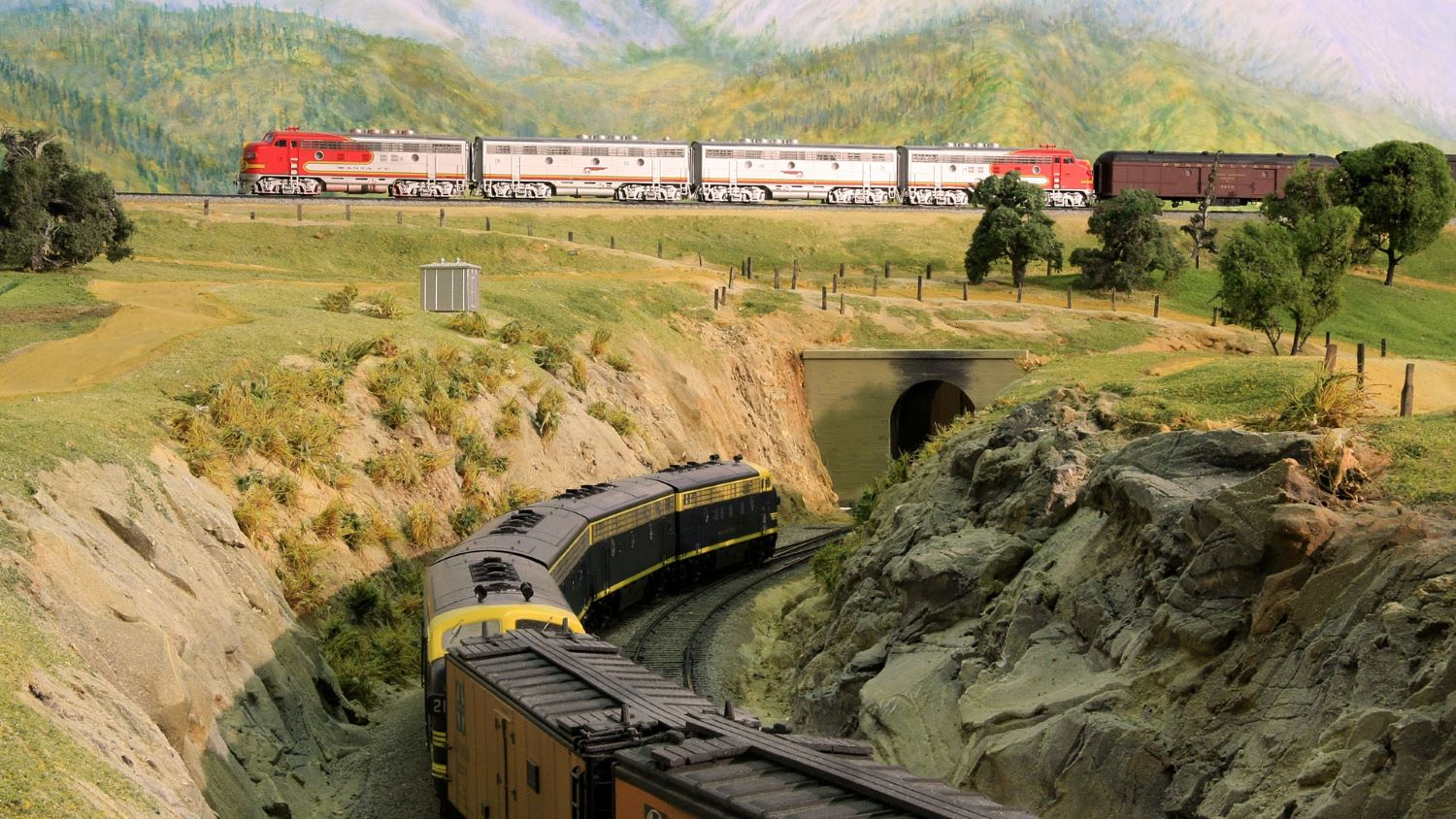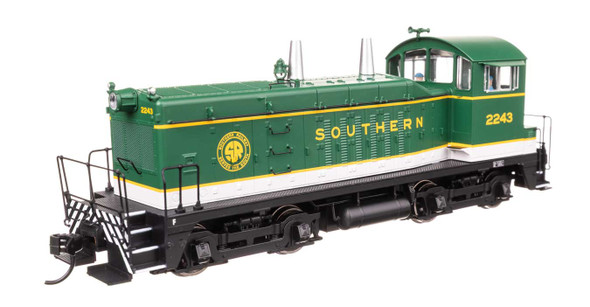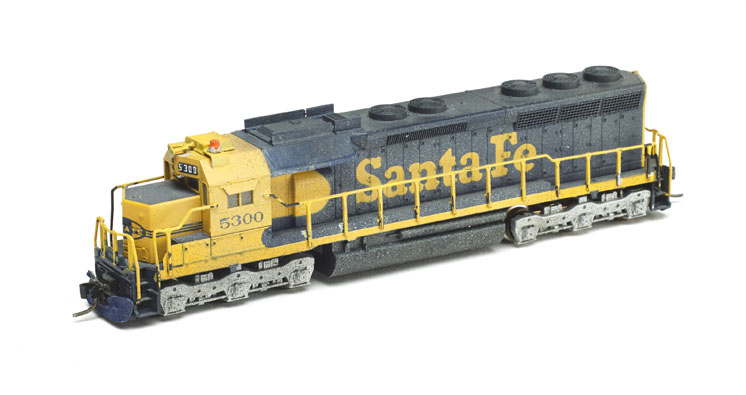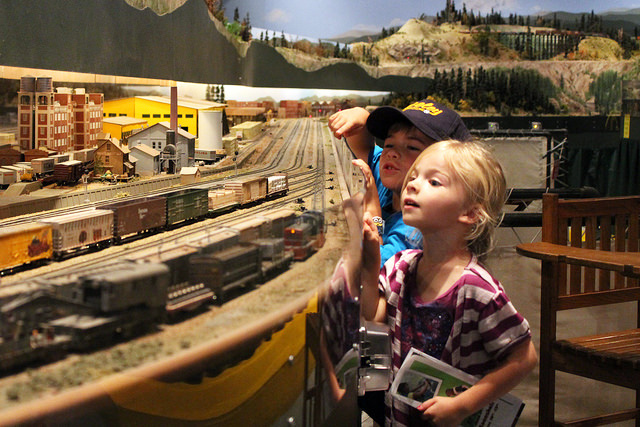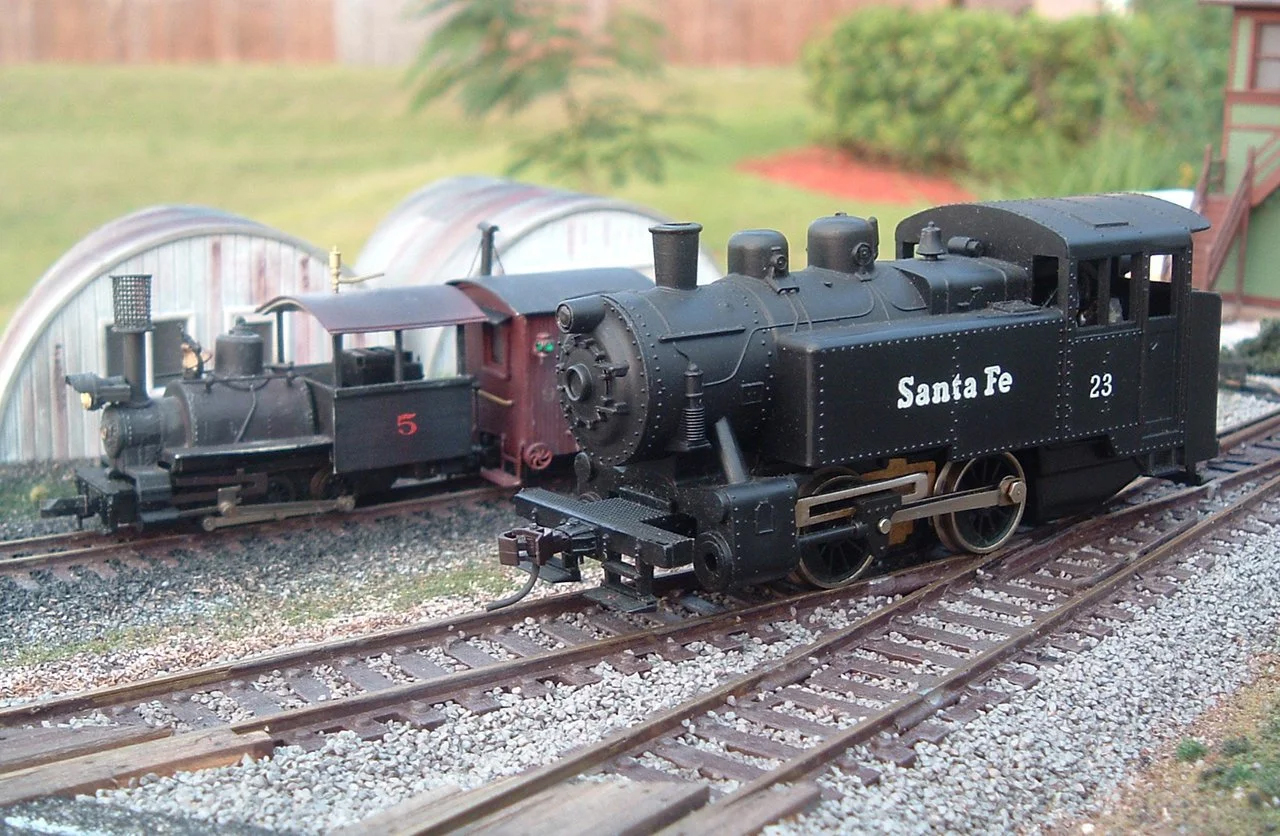Ever seen a photo of an old branch line where the tracks look half-buried in mud? There’s something about that messy, worn-down look that makes a model railroad scene feel alive. Adding model railroad tracks sunken in mud is a trick that many hobbyists overlook, yet it’s one of the simplest ways to tell a story with your layout. Let’s talk about how you can pull it off in your own style, without needing fancy tools or a huge budget.
Why Muddy Tracks Are Worth It
Most train layouts look neat—maybe too neat. Perfect ballasted track, clean ties, crisp rails. But if you’re modeling old yards, logging lines, or rural sidings, those tracks didn’t stay pristine. They got flooded after storms, buried under mud and weeds, sometimes almost vanishing into the ground. This is why adding mud makes sense. It adds history and grit to your scene.
Start With the Right Spot
Before you pour glue or get out your clay, pick the right place for your model railroad tracks sunken in mud. It doesn’t work well on a busy mainline. It shines in old sidings, abandoned spurs, or near freight yards that handle bulk materials like coal, timber, or grain. Places where heavy trucks, loaders, or constant rain made the ground soft.
If you have a small diorama or module, even better—you can focus all your muddy detail in one scene and not worry about doing it everywhere.
Supplies to Gather
Let’s keep it simple. Here’s what you’ll need to create that sunken, sloppy look:
- Track sections (HO scale, N scale, whatever you run)
- A baseboard or foam scenery base
- Sculptamold or lightweight spackling paste
- Fine real dirt or sifted soil (get it from your garden, but bake it first to kill bugs)
- Acrylic paints: browns, dark greys, earthy greens
- Weathering powders or chalks
- White glue or matte medium
- Small brushes and old spoons for spreading materials
- Optional: realistic water or clear gloss medium for puddles
Lay the Track Low
To make your model railroad tracks look sunken in mud, you don’t want them raised on a nice bed of cork roadbed. Instead, lay the track right on the baseboard. Some modelers even carve a shallow trench in foam to seat the track a bit lower. Glue the track down firmly, because the next steps will build up the ground around it.
Shape the Mud
Mix up your Sculptamold or spackling paste. Spread it along both sides of the track, pushing it up so the ties look half-buried. Don’t cover the rail tops or you’ll spend hours cleaning them later. Feather the edges out so it blends naturally into the rest of the scenery. This is where photos help—look at real muddy spurs for reference.
While the paste is still wet, sprinkle your fine dirt or sifted soil on top. Press it in gently with your fingers or a brush. This gives the surface texture and hides the paste’s bright white color.
Paint and Detail
Once everything dries, grab your acrylics. Use a base coat of dark brown over the mud areas. Mix in darker shades around the rails to show wet spots. Add patches of green for mossy or damp grass near the edges. You can dab a tiny bit of black or dark grey near the ties where oil drips might gather.
Now break out the weathering powders. Dust rusty browns and soot shades onto the rails and ties. Rub some into the mud to break up the solid paint look. The goal is randomness—real mud isn’t one flat brown.
Add Puddles and Mess
If you want that soaked look, drip clear gloss medium into low spots. It dries shiny, looking just like standing water. For deeper puddles, pour a tiny bit of realistic water product. A few reeds or weeds sticking out make it even better.
Scatter Extra Junk
Muddy sidings often collect debris. Throw in a couple of discarded ties, an old barrel, or a broken fence. Maybe park a rusted-out flatbed truck nearby. These details tell the story that this track has seen years of hard work and bad weather.
Keep Trains Running
A quick warning: mud effects can gum up your wheels if you overdo it. Make sure your mud sits below the rail tops and clear out stray soil that might stick to couplers. A small test run before sealing everything is smart.
Blend Into Surroundings
Your model railroad tracks sunken in mud should blend smoothly into the rest of your scenery. Don’t have a sharp edge where the muddy area suddenly ends. Use bushes, tall grass, or scrap piles to transition into clean ballast or dry ground.
Ideas for Even More Realism
Want to push it further?
- Scratch-build a tiny drainage ditch beside the track with a culvert pipe.
- Add tire ruts from old trucks that got stuck in the mud.
- Stick footprints in the clay while it’s wet for a human touch.
- Spray a little water-matte mix to fix loose soil once you’re happy with it.
Wrap Up
Model railroad tracks sunken in mud bring life and grit to your layout. It’s the kind of scene that makes people stop and look twice at a train show. They’ll see your shiny new locomotives, sure—but it’s those muddy, half-forgotten details that make them smile and snap photos.
So next time you plan a siding or old yard, skip the neat ballast. Get your hands dirty, bury those ties, add puddles, scatter weeds, and watch your railroad look like it’s really survived years of storms and hard work.
If you try this, share it with your club or local hobby shop. There’s always room for more muddy track stories in the model railroading world.

